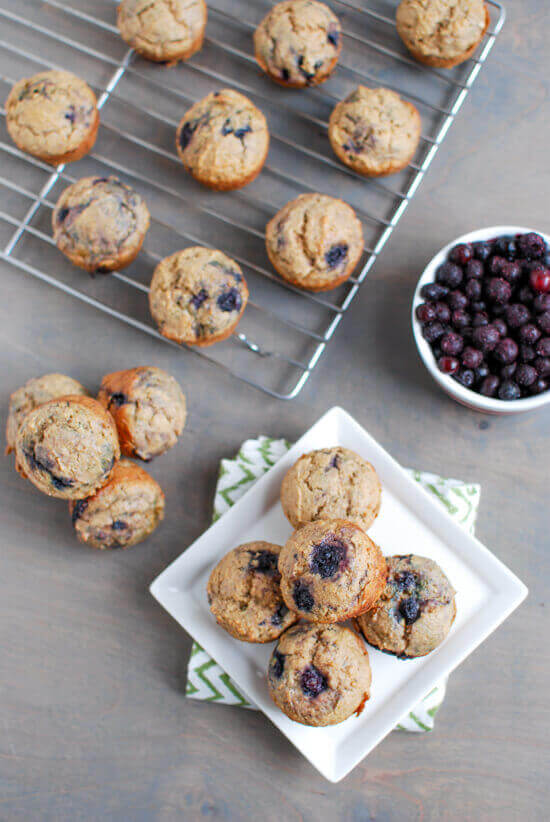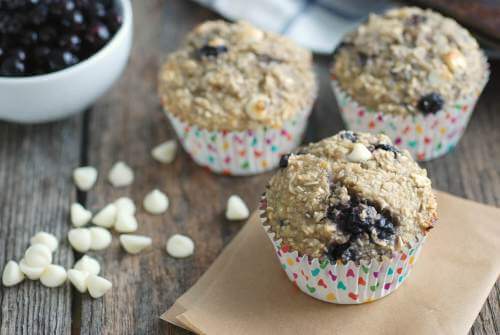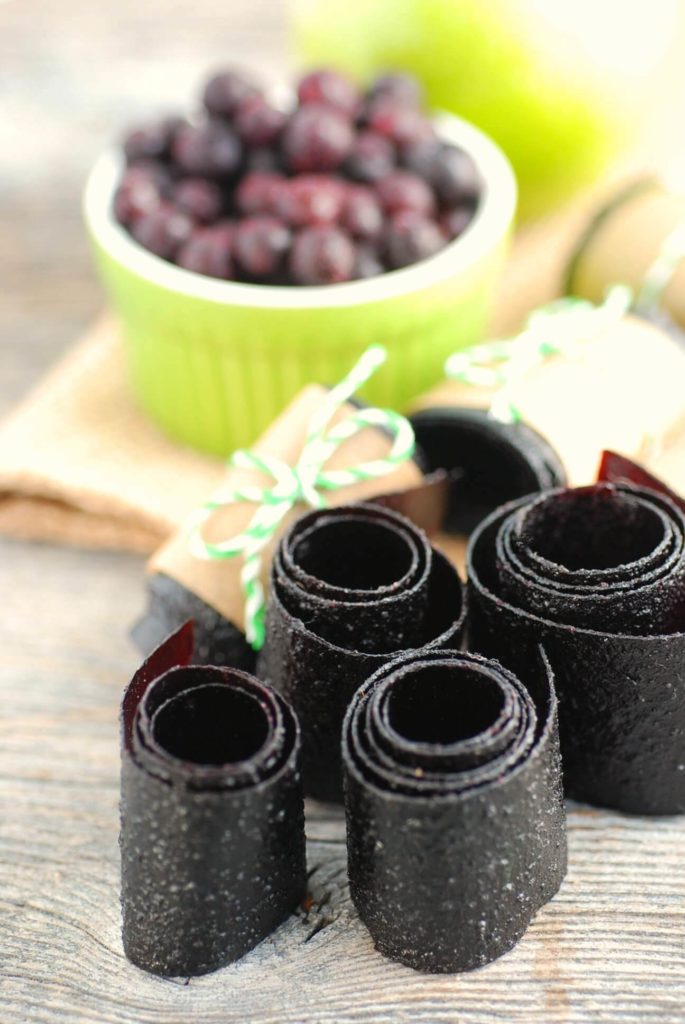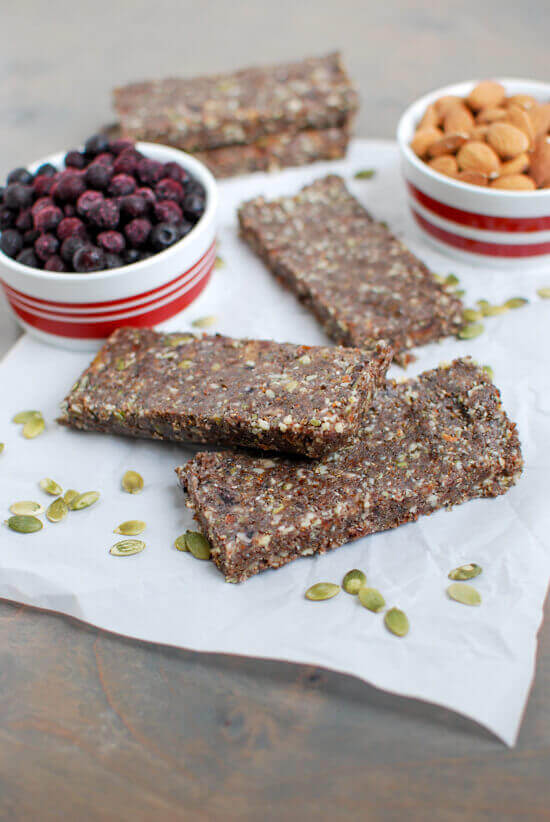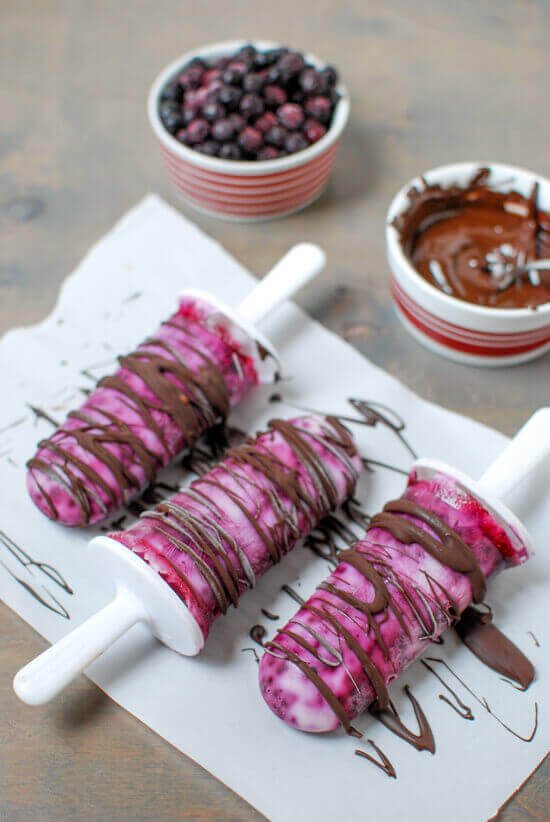For most of us, Labor Day means the end of white jeans and the start of Pumpkin Lattes. But for parents everywhere, it’s the return to the structured routine of school, sports and homework. So as we head back-to-school, we wanted to give all the moms and dads out there our favorite tips and recipes for keeping breakfast and lunch fun and delicious – even for the pickiest of eaters!
Breakfast
Eating a healthy nutritious breakfast is important for every kid. It provides them the fuel they need to be effective at school. Incorporate foods into your breakfast routine that will help your child do their best in the classroom. For example, research has shown that including Wild Blueberries in your kid’s diet can boost memory and concentration in elementary school aged kids. Even when the mornings get hectic, which we know they do, don’t skip breakfast.
Plan ahead and have delicious breakfast items ready to grab and go. You can whip up a batch of these Wild Blueberry Mini Muffins from Lindsay Livingston of the Lean Green Bean in no time. The almond butter (or nut butter of your choice) and the yogurt helps these muffins stay nice and moist for days at a time and their small size fits perfectly in little hands, eager to eat on the go.
Oatmeal is another healthy breakfast choice, but one often scoffed at by kiddos because of its texture. Keep things fun and fresh with this creative recipe from Sally Kuzemchak of Real Mom Nutrition. Her Gluten-Free Wild Blueberry & White Chocolate Oatmeal Cups are hearty and healthy, and the kids won’t even know they are eating oatmeal. The frozen Wild Blueberry and white chocolate combo is like eating dessert for breakfast. Plus, if you make them in muffin tins they’re easy to grab on the way out the door to catch the bus.
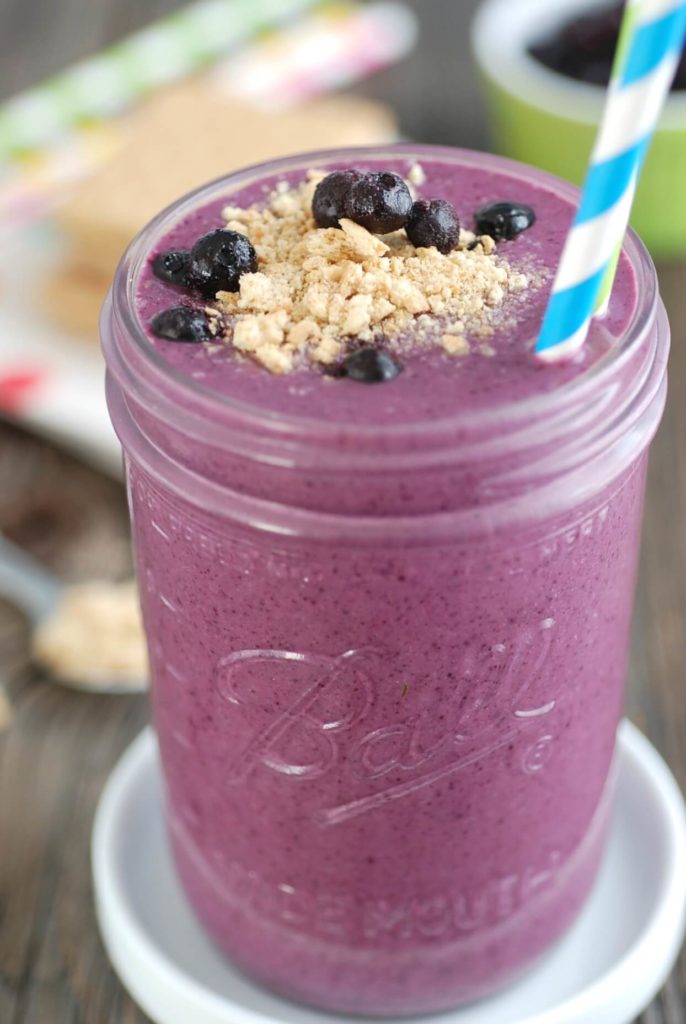
Smoothies are another healthy grab and go option for breakfast. You can pack them full of nutritious ingredients – even veggies – and serve them up in fun travel cups with colored straws. Try this Wild Blueberry and Kefir Breakfast Smoothie from Sally Kuzemchak. She uses frozen Wild Blueberries to help balance the tang of the kefir. And because Wild Blueberries have such a vivid hue, a handful of fresh, iron-rich baby spinach just disappears into the drink.
Lunch Box Ideas
Involve Kids in the Process: Sit down and make a lunch plan for the week so they’ll be excited about what they find in their lunch box everyday. However, getting lunches packed on time, never mind making them inspiring can be a challenge, but we have a few tricks up our sleeves to help you keep things fun. Show off your magic skills with these Wild Blueberry Fruit Leather roll-ups. From frozen Wild Blueberries to chewy, sweet fruit leather, your kids will actually be excited for lunchtime. These are great to make ahead for the entire week, and even more magical if you have some of those small hands helping you along the way to witness the transformation.
Making sure lunches include protein is so important to keep kids energized throughout the day. And while it can be tempting to buy energy bars from the grocery store, many are full of hidden sugars and unpronounceable ingredients. These Wild Blueberry Energy Bars will make sure your kids are full and ready for the rest of the school day – without all the added sugar! Make them with their favorite nut butter and vanilla or chocolate protein powder – they’ll be begging for this bar to be a part of lunchtime or even as an afterschool snack!
Afterschool Snack
Make it Fun: When the kids get home from school, they usually run directly to the kitchen and start poking around for a snack. Of course you want to make sure it’s something healthy, and also won’t spoil their appetite for dinner! These Wild Blueberry Yogurt Pops seem like an unlikely treat but with frozen Wild Blueberries, chia seeds, yogurt and some protein powder, they are a perfect energy boost for the afternoon. If you don’t’ have a popsicle mold handy, you can use ice cube trays and popsicle sticks or toothpicks.
Phew! That should get you to dinnertime. All of these recipes are kid-friendly but that doesn’t mean adults can’t enjoy them as well! You’ll be the envy of the office with those muffins and maybe even spread some nostalgia with the fruit leathers. They will keep you going until dinner is on the table! Need more ideas – we can help with that too! Check out ALL of our Wild Blueberry recipes.
